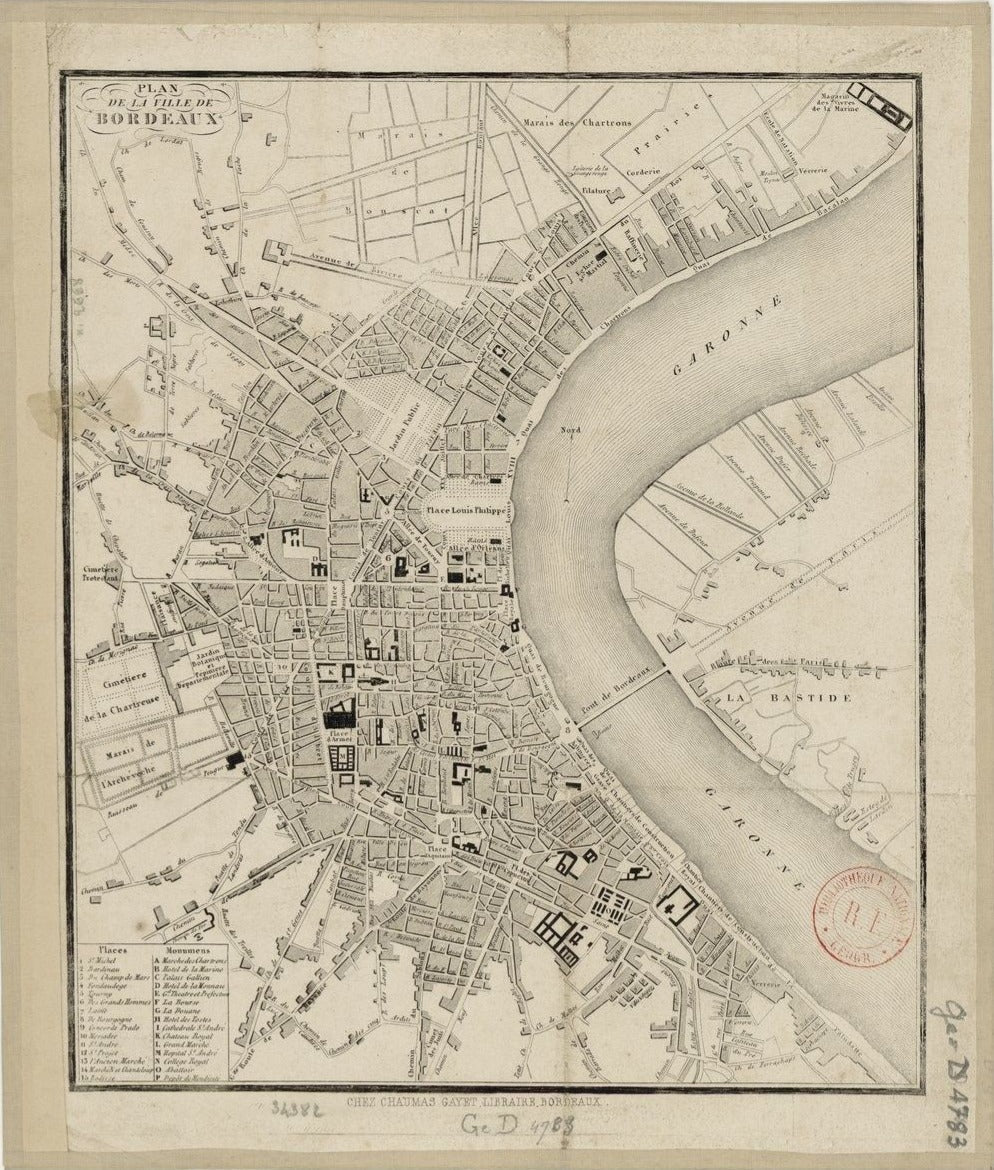
The Geography of Taste
To understand French wine, you have to start with the land. Not in a vague, poetic sense, but in the physical. What grows where in France is no accident. It’s the result of centuries of trial and error. Grapes were planted, tasted, and torn out. Some held on. Some didn’t. Limestone favoured one variety, granite another. Some vines could survive the mistral. Most couldn’t.
But the story isn’t just about what grows best. It’s also about how the grapes got there. Vines moved through France with soldiers, monks, and merchants. The Romans got things started. The monks of Burgundy spent generations carving up vineyards into climats. The Bordelais blended to please the English. Everything came from somewhere. Nothing happened quickly.
In Burgundy, it’s all about stone. The Côte d’Or is a strip of fractured limestone that catches the right sun and drains just enough water. Pinot Noir and Chardonnay made sense here, not because someone decided they should, but because they worked. The wines were lean, mineral, and precise. Over time, the vineyards earned names of their own: Les Amoureuses, Le Montrachet, Romanée-Conti.
In Bordeaux, it’s water that defines everything. The Garonne and Dordogne rivers split the region, and the soils follow the divide. On the left bank, gravel, dry and warm suits Cabernet Sauvignon. On the right, it’s clay and limestone, better for Merlot and Cabernet Franc. The wines have always been blends, not as a style choice, but as a necessity. One grape for structure, another for softness.
In the Loire, the picture keeps changing. Near the coast, Muscadet leans salty and sharp. Around Sancerre and Pouilly, Sauvignon Blanc grows green and stony on flint and chalk. Chenin Blanc thrives in Vouvray and Montlouis, stretching from bone dry to richly sweet depending on exposure. Cabernet Franc does well here too, especially in Saumur and Chinon, where the limestone gives it lift.
Down in the Rhône, there are really two regions in one. In the north, Syrah grows on steep granite slopes (Hermitage, Côte-Rôtie) making dark, structured wines with clarity and grip. In the south, the land flattens and warms. Grenache, Mourvèdre, and Carignan take over. Châteauneuf-du-Pape is the name everyone knows, but there’s plenty of honest work done in the villages nearby, where stones outnumber vines and the wines are generous and grounded.
Alsace sits in the rain shadow of the Vosges mountains. The best vineyards face east, soaking up long autumns. Riesling, Pinot Gris, Gewürztraminer all thrive here. Dry, structured, expressive. The German influence is there, but the wines are distinctly Alsatian.
In Provence, it’s dry, hot, and bright. The wines reflect that. Rosé is a part of the fabric. Grapes like Grenache, Cinsault, and Mourvèdre are grown for it and picked early, pressed gently, bottled fresh.
Beaujolais often gets lumped in with Burgundy, but it’s doing its own thing. Gamay on granite makes wines that are lifted, mineral, and surprisingly serious. In villages like Morgon and Fleurie, there’s nothing simple about it. The best examples are honest, unforced, and full of energy. Best served in magnums!
And even now, things are changing. The climate is shifting. Grapes are moving further north or higher up the slope. Varieties once ignored are getting a second look. In some corners, they’re starting again, asking the same questions all over.
In the end, that’s what this geography gives us, it's not a finished map. And you can taste it! You don’t need to stand in the vineyard to understand the place.
You just need a glass and a bit of curiosity.


